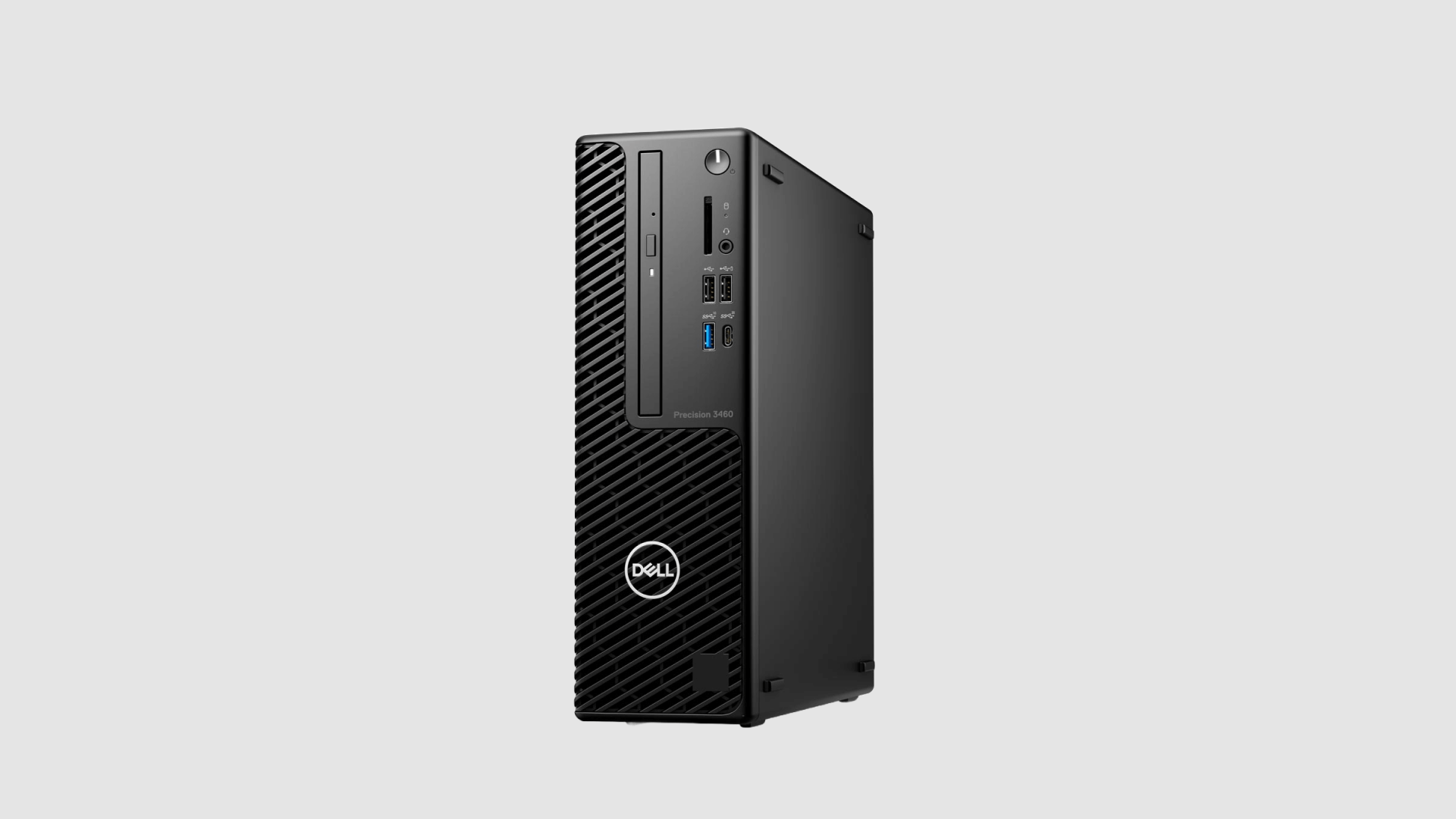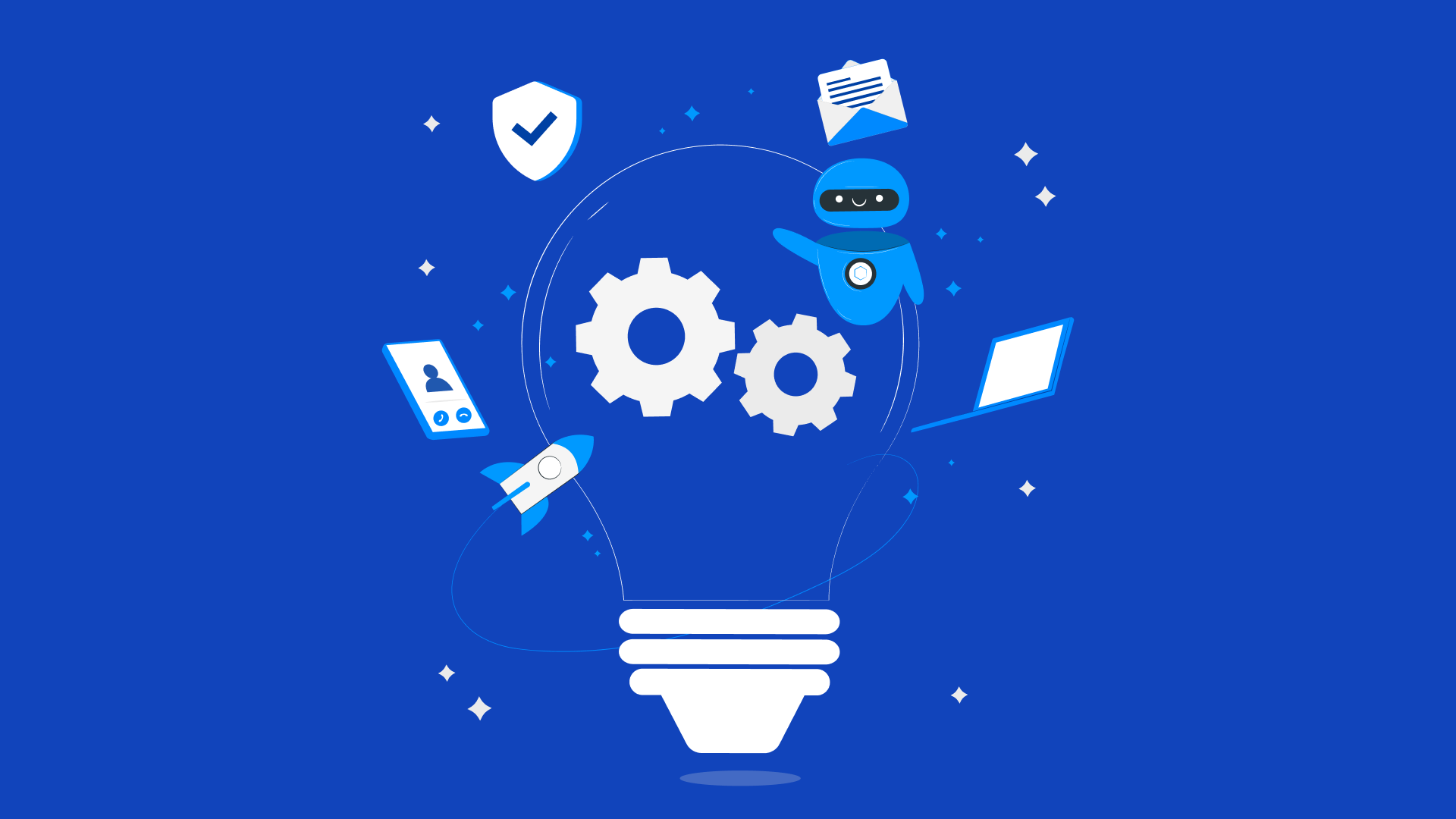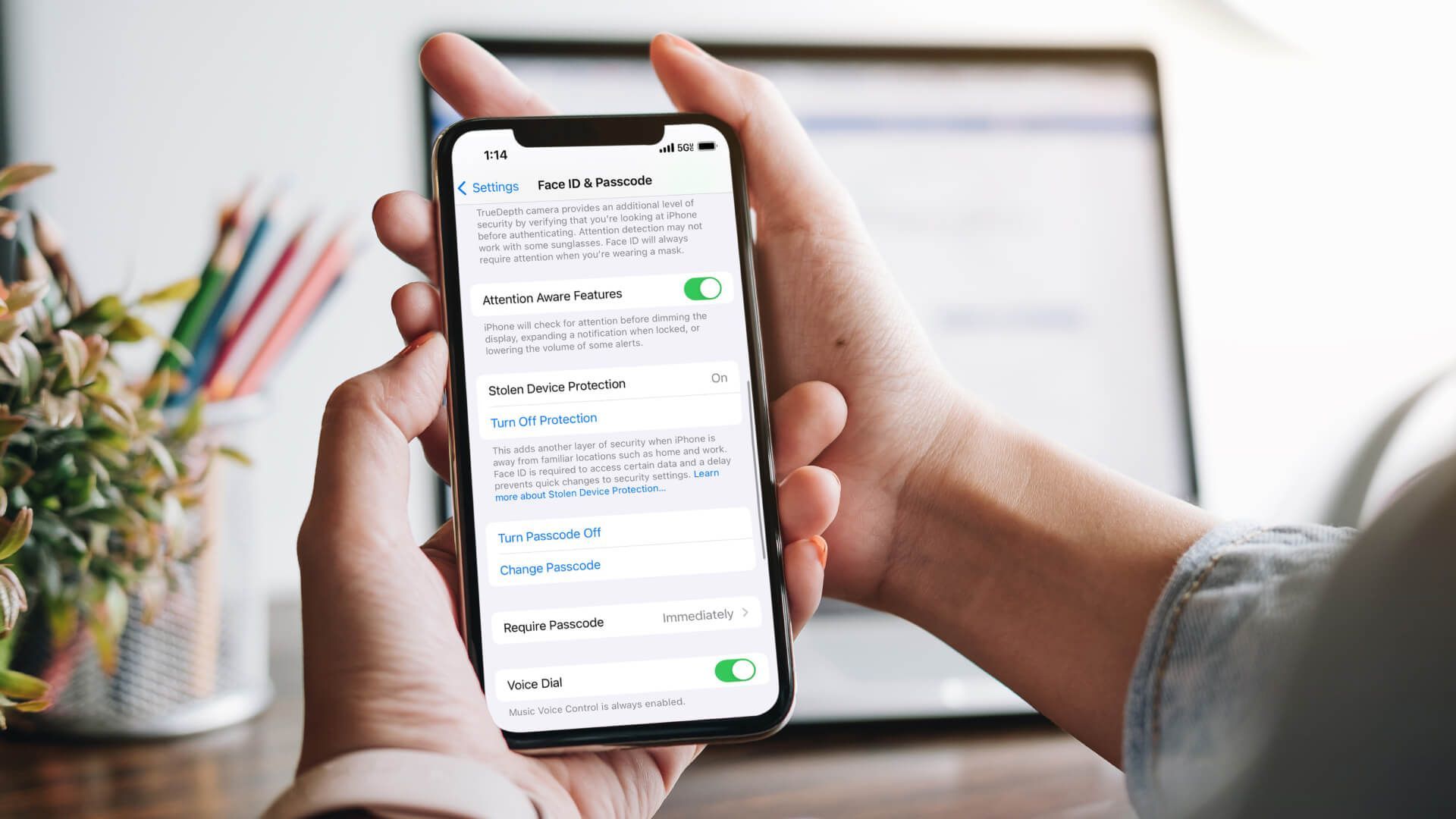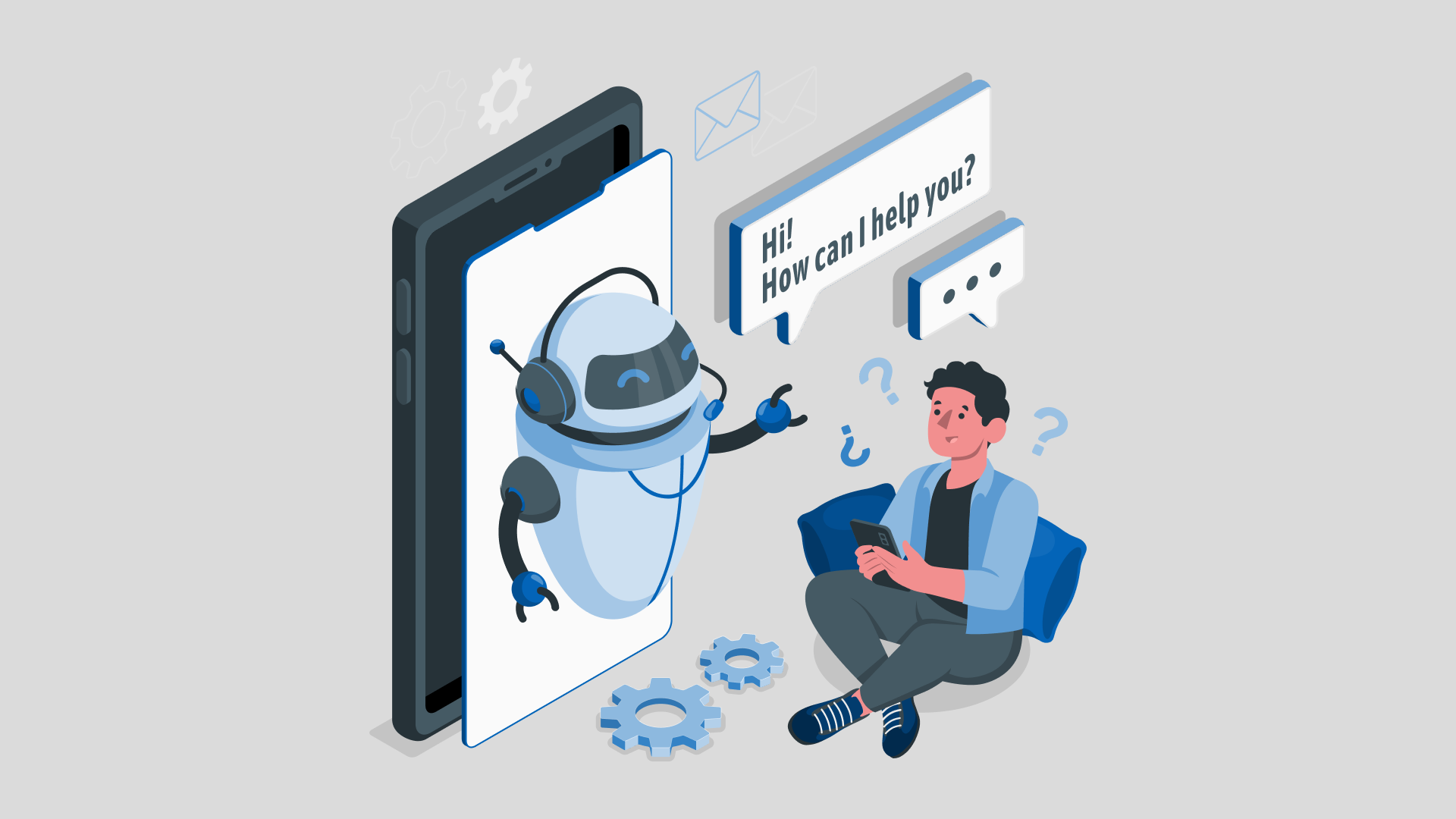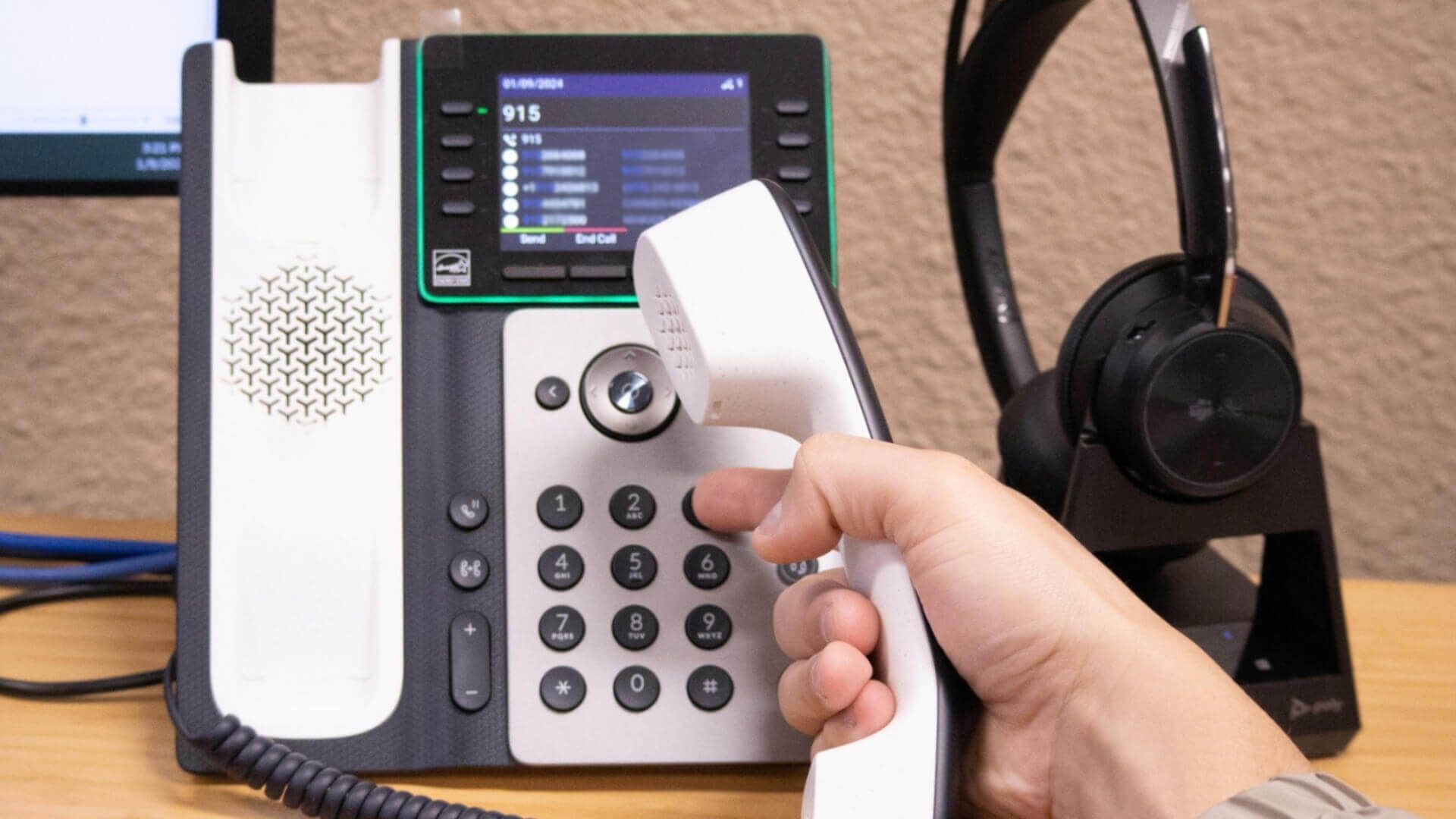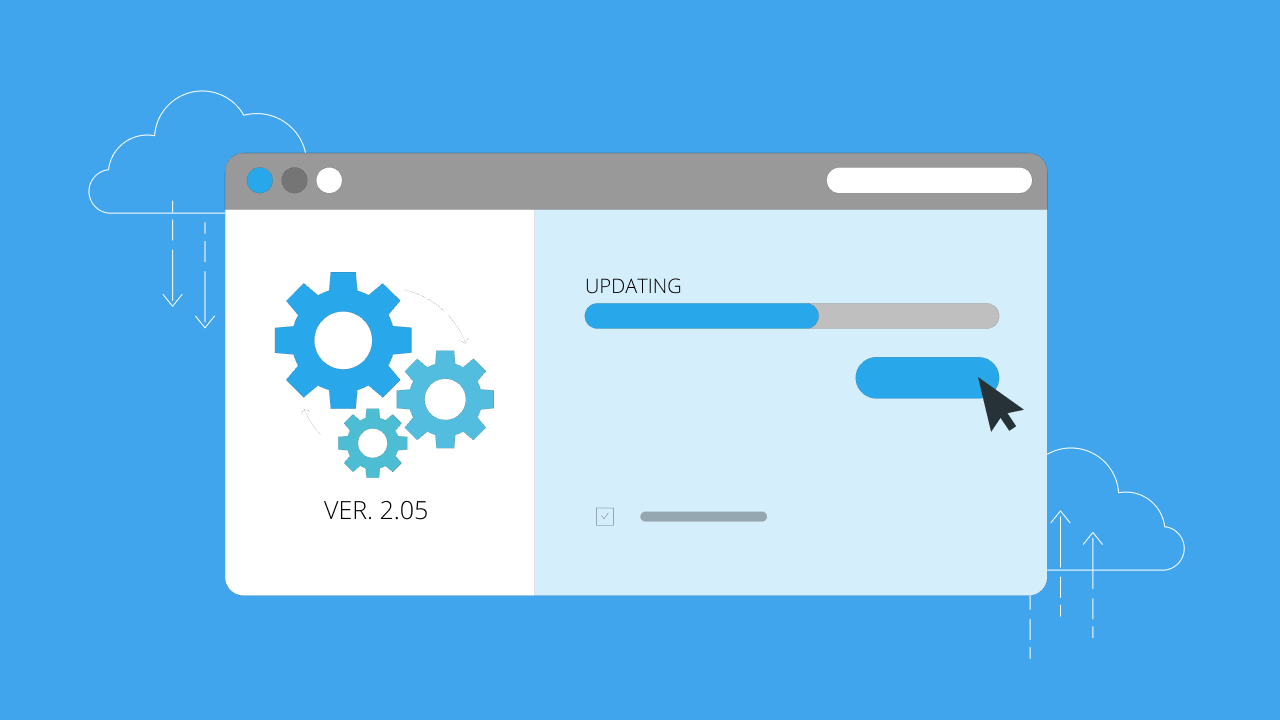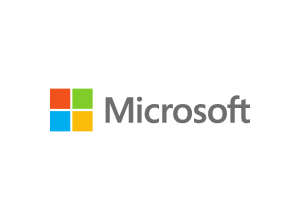Portals El Paso, TX (915) 217-2500 | Grapevine, TX (817) 752-9400
Cybercrime Effects on Business: Why You Should Care
Cybercrime Effects on Business: Why You Should Care
When you run a business, you have to think about finding an accountant, working with your supplier, creating a marketing plan, and everything else that comes with it. Unfortunately, many business owners get so busy that they forget about other important factors like cybercrime. If you haven’t considered your company’s cybersecurity needs, your business and customers could already be at risk.
Too many people don’t invest in cybersecurity either because they don’t feel it’s that big of a deal or because they feel defenseless in the face of such a massive threat. In reality, there are many things you can do to stop cybercriminals from harming your company. By learning more about cybercrime effects on business, you can also determine ways to prevent your company from becoming a victim.
How Many Businesses are Affected by Cybercrime?
In 2017, the newsworthy Equifax data breach affected 147.9 million consumers. Mobile game producer Zynga was targeted by hackers in 2019, and the hack led to data breaches for 218 million users. These hacks gave cybercriminals access to Facebook IDs, emails, phone numbers, and other personal information.
Cyber attacks like these can damage more than a company’s brand image. Medical information, personal banking details, and much more can also be lost. With the Quest Diagnostics data breach in 2019, 11.9 million records were hacked.
During the Quest Diagnostics hack, customers lost their medical information, credit card numbers, bank information, and Social Security numbers. The AMCA and LabCorp hack ended up leading to the bankruptcy of AMCA because of the high costs of dealing with the data breach. Before that occurred, AMCA lost major clients who decided to go to a different company.
Today, cybercrime costs companies and individuals across the world more than $445 billion per year. Cybercrime effects on business play a big part in these numbers and continue to grow. Back in 2014, half of small businesses reported they had been the victim of a cyberattack at least once.
An estimated 43% of cyberattacks target small businesses. But only 14% of small businesses take measures to defend themselves against these attacks. On average, the typical small business will pay $200,000 following a cyberattack to combat the negative effects.
Many businesses don’t take precautions because they don’t understand the threat presented by cybercrime or simply don’t think they are susceptible to it. An estimated one out of four small business owners has little to no understanding of cybercrime and cyber threats. Since they lack the desire to take preventative measures, these companies become easier targets of future attacks.
Common Types of Cybercrime Against Businesses
To understand the cybercrime effects on business, it is important to recognize the types that impact companies on a small and large scale. For example, some attacks focus on social engineering and use human error to access personal data. Other attacks involve viruses or distributed denial of service (DDoS).
The attack type often depends on your type of business, the technology you use, and the information the hackers want to get from your company. Once an attack occurs, the impact of cybercrime on business can be severe. You can end up spending hundreds of thousands or even millions of dollars repairing the damage from the attack.
Even after you repair the attack, the damage can have a lasting impact on your brand and your company’s reputation. Future clients will be more hesitant to work with you, and you could also lose current clients.
Cybercrime impacts on business can also lead to short-term problems. With a DDoS attack, your entire company’s operations may be completely stopped until the hack has been stopped. Because of this, smart business owners must learn about the effects of cybercrime on business and the different kinds of attacks they should be prepared for.
Malware
Malware and ransomware are common cyberattack methods against businesses. More than half of cybercrime involves some type of malware or virus. This could include malware like remote administration malware or spyware.
Remote administration malware lets hackers access your business data and login credentials. Attackers can also use the information they harvest to create a social engineering attack.
You’ve probably heard about ransomware on the news. This kind of cyberattack will lock your device until you pay the attacker a designated fee for releasing your device.
If you want to avoid being one of the many businesses affected by cybercrime, you should regularly update your system. All of your applications, plugins, and operating systems should be updated to use the latest available version.
Social Engineering
Social engineering makes up just under one-third of cyberattacks. Unlike malware, it doesn’t require a lot of technology or sophistication. Instead, social engineering exploits human vulnerabilities and mistakes.
For example, baiting is a social engineering technique where the attacker promises the victim a reward. Emails about winning $100 gift cards are a good example of this tactic.
In another kind of social engineering attack, an attacker leaves a USB near your business. If their attack works, someone will pick up the infected USB drive and insert it into their device. Then, your entire complex could become infected with whatever they had on the USB.
You can prevent the effects of cybercrime on business by teaching your employees to be skeptical and to be wary of cold emails or cold calls. You should never download an attachment or click on a link in an email you didn’t expect to get. If you get an email asking you to reset your password from a trusted company, you should go directly to the company’s page instead of clicking on the email’s link.
You can protect your business by limiting the amount of information you put on your company’s website. Workers should avoid listing their personal information and contact details online as well.
Hacking
With hacking, the cybercriminal is trying to take advantage of a shortcoming or vulnerability in a company’s software, systems, or protection mechanisms. For example, someone may try to hack servers or blockchains. Unfortunately, around one out of every five cybercrimes involve hacking.
To avoid these negative cybercrime effects on business, you should use monitoring mechanisms to prevent insider attacks and always use trusted security vendors. Likewise, your company should encrypt all of its data and update software regularly. You should also make sure you’re not using outdated software like Adobe Flash Player, which is no longer providing security through their own system.
Additionally, security audits and similar tools can help you spot potential problems.
Web Attacks
Web attacks are about as common as hacking attacks. With these tactics, the attacker tries to spot vulnerabilities in the way different websites access data from users of the site. A hacker could inject malicious code into a website in order to take financial information or other details.
To prevent this kind of attack, you should stick to using reputable third-party companies. In addition, you should only hire trusted web developers and designers.
Credential Compromise
With this kind of cyberattack, the hacker gets your login information and accesses your account. They can get your login details through keyloggers, social engineering, or hacking a database of passwords.
If you want to avoid becoming one of the businesses affected by cybercrime, you and your employees should use strong, original passwords. Your company should also use two-factor authentication with all of your services. With this kind of security, attackers are less likely to access your company’s accounts even after they gain the right credentials.
Distributed Denial of Service (DDoS)
When it comes to a DDoS cyberattack, your network is flooded with an excessive amount of traffic. Because of the overflow, the network effectively shuts down and is unable to help legitimate users. In many cases, the hackers will ask for a ransom before they will end the DDoS attack.
To stop this kind of attack from happening, you should use trusted, reliable technology service providers. Getting more bandwidth and building redundancy in your infrastructure can also help you prevent DDoS attacks.
Avoid Long-term Cybercrime Effects on Business
Cybercrime effects on business can devastate your company’s finances and reputation in the matter of only a few moment. In the long run, it can lead to irreparable damage to your brand and even threaten your very way of life.
Whether you run a small or large business, you need to maintain efficient cybersecurity if you want to stop potential attacks from harming your company. Get in touch with Makios Technology today and learn more about how we can help your business avoid these cyberattacks.
References: AWEBCO, CNBC, POSITIVE TECHNOLOGIES, SBIR STTR
You may also like
Have more questions or need further assistance? Let us know how we can help you with the unique needs of your business. Get in touch online or call us today at (915) 217-2500!
Cybersecurity for Businesses
Services
Management
Consulting
Cyber Security
Email Services
Cloud Internet
VoIP & Internet
Microsoft 365
Hardware & Software
Finance & Leasing
Websites & SEO
Industries
Healthcare
Engineering
Transportation
Construction
Insurance
Legal
Financial
Real Estate
Logistics
Manufacturing
About
Newsletters
Stewardship
Partners
News
Certifications
People
Employment
History
Clients
Company
Copyright © 2006-2023 All Rights Reserved. MAKIOS® is a registered trademark of Makios Group LLC, a Texas Company.




